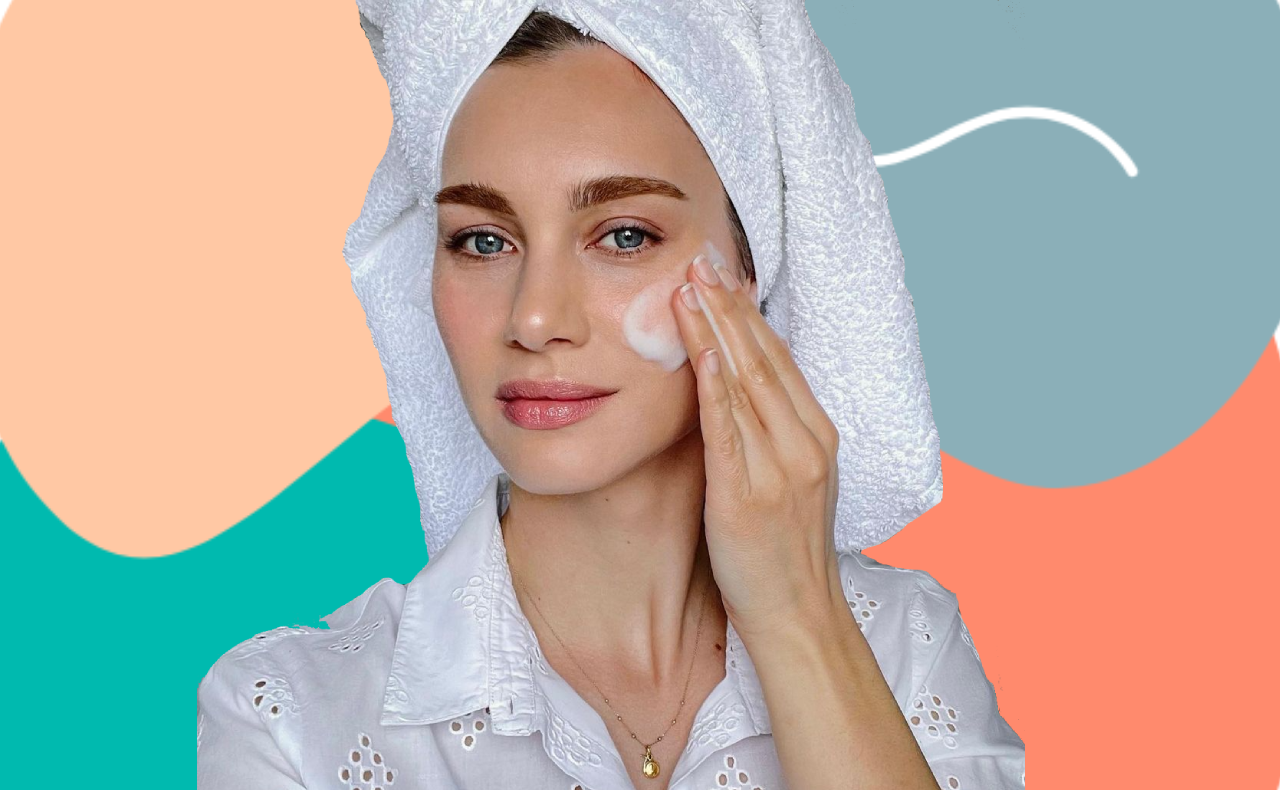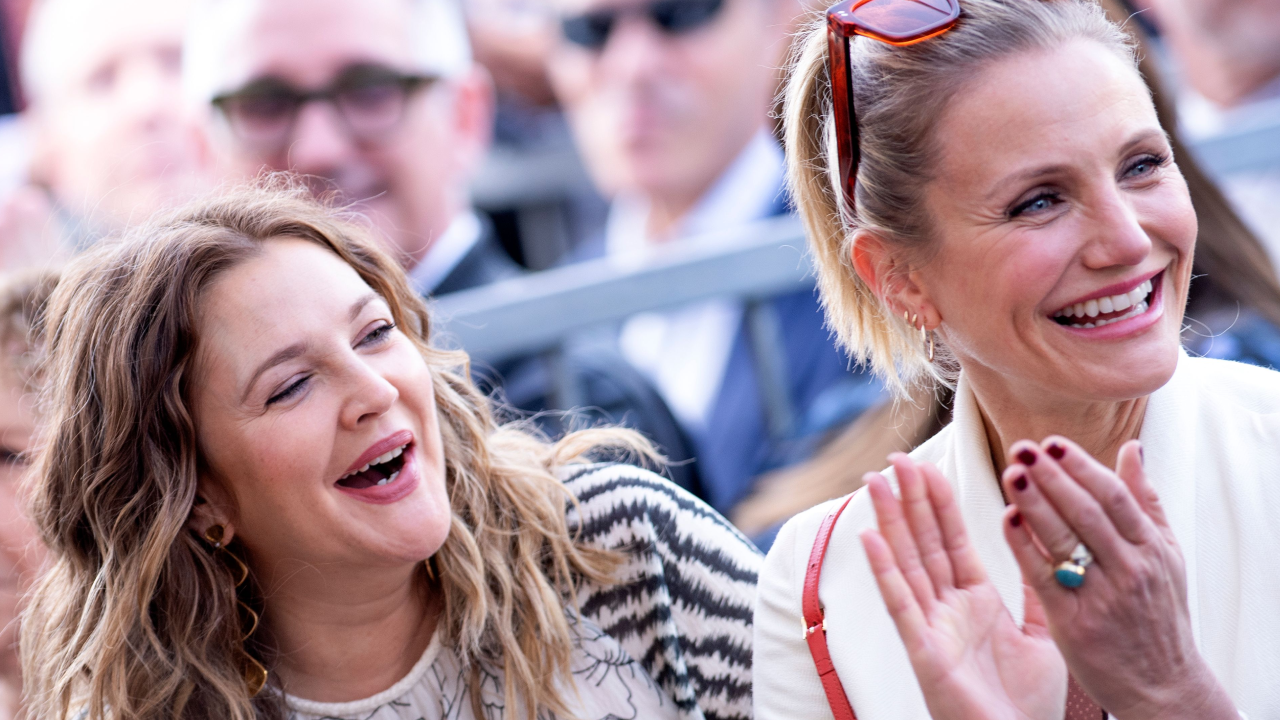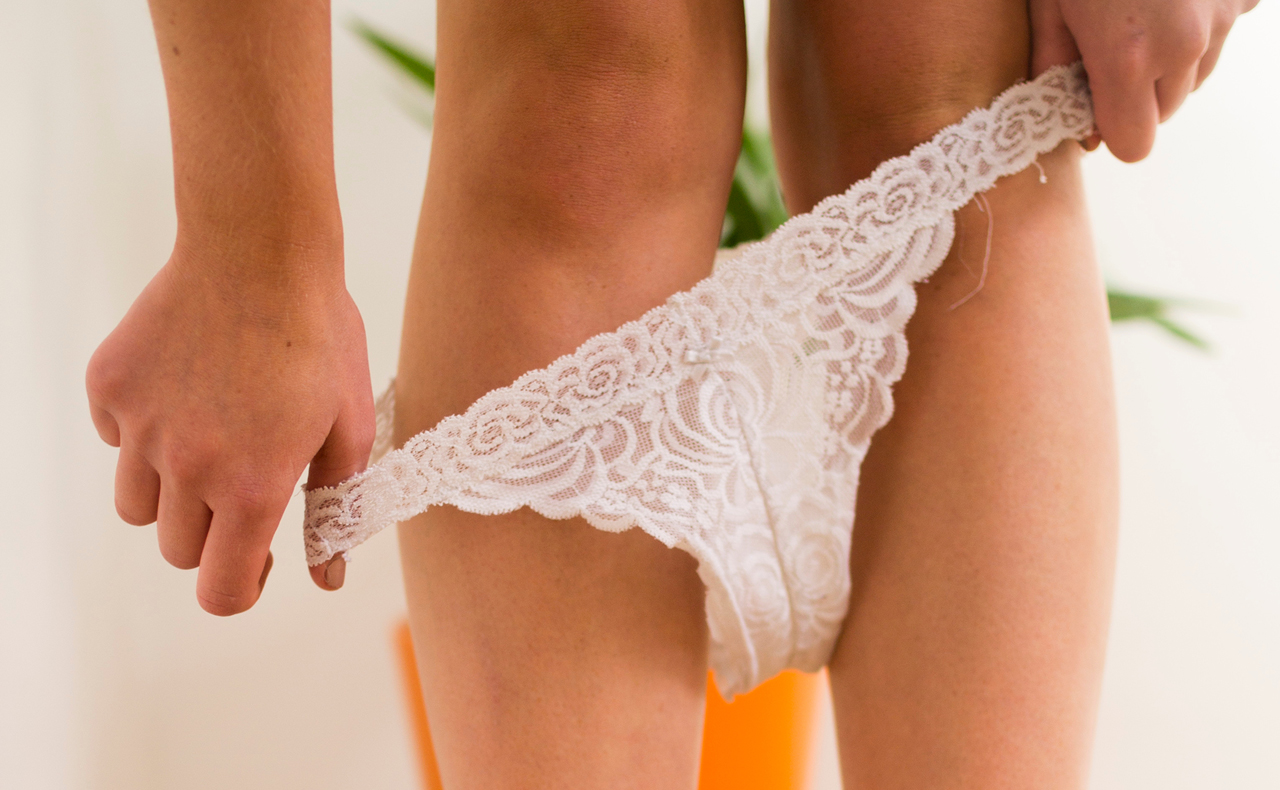If you suffer from cystic acne there’s a good chance you’ve tried every skincare product under the sun (most likely with no success). And when it comes to professional treatments, it’s often expensive and completely overwhelming, where is someone expected to start? We recently caught up with Cosmetic Physician, Dr. Phoebe Jones to learn what treatments actually work in treating cystic acne, to make your life a little bit easier.
RELATED: How long does it take for acne scars to fade?
RELATED: 7 spot treatments to try if you have acne-prone skin
But first, what is cystic acne? How do I know if I have it?
“Acne is skin disease,” explains Dr. Phoebe. It occurs when “the hair follicle becomes blocked by a plug of skin cells from the follicular lining. This prevents oil…escaping, leading to a build up of oil, bacterial growth and inflammation…which manifests as blackheads, whiteheads, red bumps, pimples and most severly deeper and more painful cysts and nodules,” which are classified as ‘cystic acne’.
If you’re not sure what type of pimple you have, read our guide here.
Where do I start in treating it?
“Cystic acne is the more difficult [type of acne] to treat because you need to be mindful of worsening the inflammatory process and causing infection or scarring,” says Dr. Phoebe. “Usually the first step is to use at home topical treatments twice daily,” combined with “salon treatments, which can include lasers, peels and gentle extractions.” For spot treatments and products that calm inflammation bh loves, see here.
What salon treatments are available and what do they involve?
While extractions can be useful for those with congested skin, such as blackheads and whiteheads, they could contribute to the worsening of cystic acne. Dr. Phoebe recommends looking for treatments such as “laser facials with blue light therapy. [This treatment] is designed to calm down inflammation and minimise scarring,” she explains. It is effective as the blue light wavelength targets the acne bacteria, which is responsible to a majority of the inflammation.
When it comes to blue light therapy – while it requires little downtime, Dr. Phoebe recommends booking in sessions of 20 minutes, 3 times a week for 10 weeks. While the results are better with multiple treatments, Dr. Phoebe mentions, “[you] should start to see results within days.”
Other (and more intense) recommended treatments include potentially adding laser facials and photodynamic therapy, for which post-treatment effects can range from mild redness to very red and peeling with up to a week of downtime.
What about for acne scars?
“Fractional ablative CO2 lasers are great for helping with [scarring] (also known as laser resurfacing). We can also combine it with peels and deep medical needling depending on how bad the scarring is. Small amounts of skin booster fillers can also help,” explains Dr. Phoebe.
Dr. Phoebe also notes, however, that with severe cystic acne it may be worth visiting your GP to discuss prescription creams or medications.
Do these treatments sound like something you may be interested in? Had you heard of them before reading this?





Very useful information in the blog post about the cystic acne treatments its sound very good…
Have tried many products for my acne, but I can say that Dermal MD anti-acne serum is my favorite. The reason behind this is the fast reaction of the product towards the pimple, and its price is also quite decent. Must buy for acne prone skin